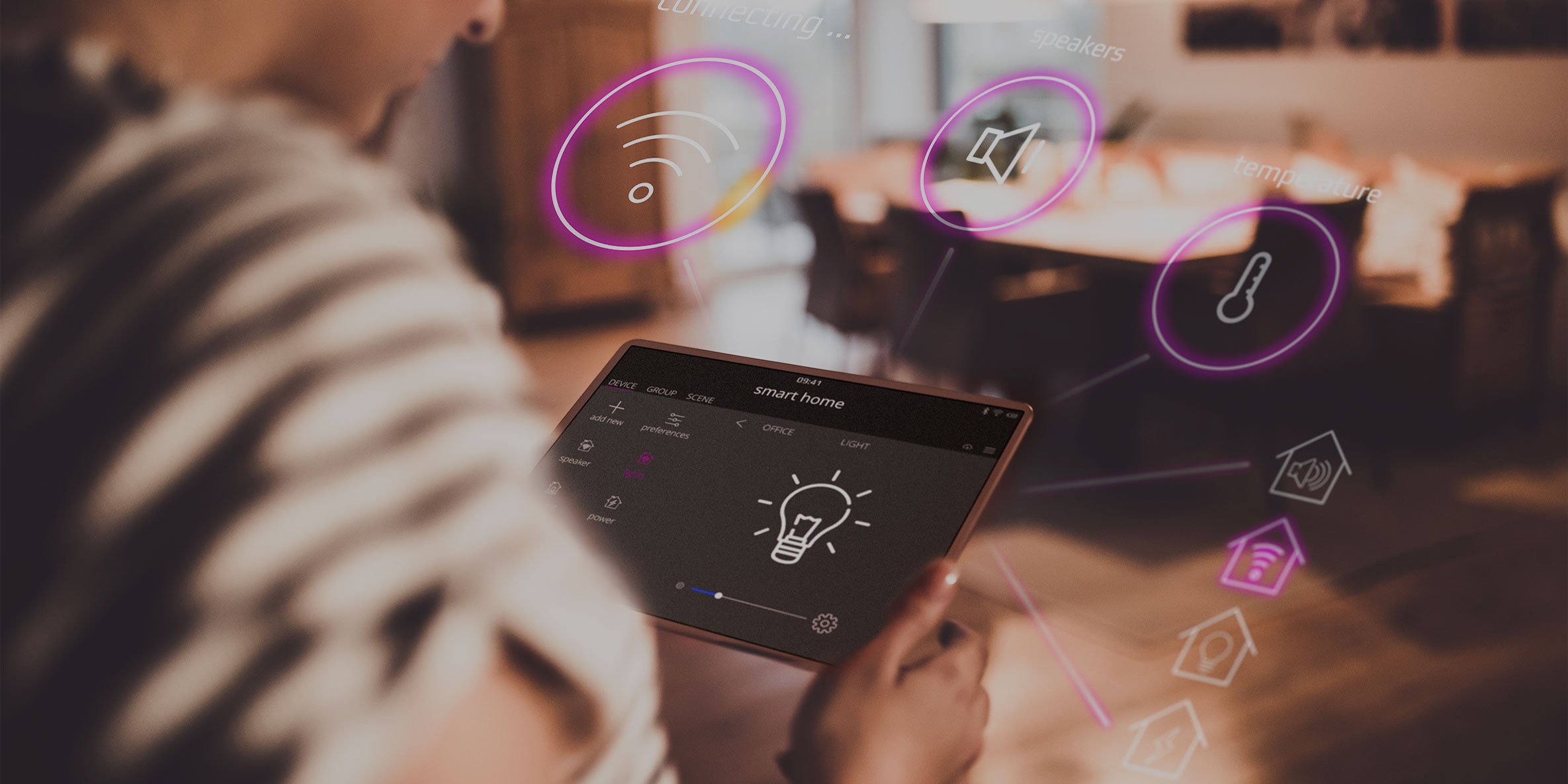This post was originally published on August 21, 2018 and has been updated for accuracy and comprehensiveness.
Bluetooth is the technology that allows electronic devices like smartphones, tablets, portable speakers, digital assistants, wearable fitness trackers and home security equipment to wirelessly connect to each other through a network.
Bluetooth is everywhere, especially in our homes. ABI Research forecasts the smart home market will account for 13% of all Bluetooth device shipments by 2024, equating to over 815 million Bluetooth-enabled devices.
But, as this wireless technology continues to evolve, cyber attacks are becoming a major threat. Almost every Bluetooth connected device is open to cyber attack. Fortunately, there are ways to avoid these risks when utilizing Bluetooth technology. Below, we explain the cyber risk and offer tips to properly secure your devices.
What are Bluejacking, Bluesnarfing and Bluebugging?
Nearly every device we own today (including our cars) has Bluetooth capabilities, and those that don’t are currently working to implement it. While this adds a level of convenience and connectivity to everything we do, it also leaves us open to cyber threats. If your device is Bluetooth-enabled, it can be hacked.
There are a number of techniques hackers use to infiltrate Bluetooth-enabled devices and new vulnerabilities are discovered regularly. The most popular hacking methods are bluejacking, bluesnarfing and bluebugging. Here’s how they work:
- Bluejacking enables hackers to send unsolicited messages to nearby Bluetooth devices. The least harmful of the three tactics, bluejacking is similar to being prank called or doorbell ditched. It causes confusion and fear of being under surveillance for the device owner. Bluejacking is most often executed in crowded public areas such as airports and shopping malls.
- Bluesnarfing is more complicated and gives hackers access to a user's device information such as its calendar, contacts, email and text messages, without leaving any evidence of an attack. Because desktop computers and laptops have more complex systems at work, smartphones are the usual target of bluesnarfing.
- Bluebugging is the most dangerous threat to Bluetooth-enabled devices as it gives the hacker complete control of a device and its mobile commands. When implemented, the hacker can intercept and reroute communications, read and send text messages, place and monitor calls, and more—all without the owner’s knowledge.
How Can You Protect Your Devices Against Bluetooth Hacking?
With an estimated 21 billion IoT devices by 2025, it’s imperative users take the following precautions to avoid Bluetooth hacking:
- Update all software and passwords. Following the discovery of new Bluetooth vulnerabilities, many device manufacturers release updates to diminish risk of cyber attack. Update all devices and regularly change passwords.
- Turn Bluetooth services off when they’re not in use. Turning your Bluetooth setting to invisible makes it harder for hackers to discover your device, thus making it more difficult for them to steal your data.
- Never use public Wi-Fi networks. These connections are insecure. We recommend you disable automatic connections to public networks to keep your device from connecting to an untrustworthy source without your knowledge.
- Consider a virtual protected network (VPN). VPNs are available for download in app stores and offer a more secure way to connect while on the go.
Cyber security should not be taken lightly. The best way to protect yourself and home is to stay informed on security best practices and new threats. Read more on our blog.



